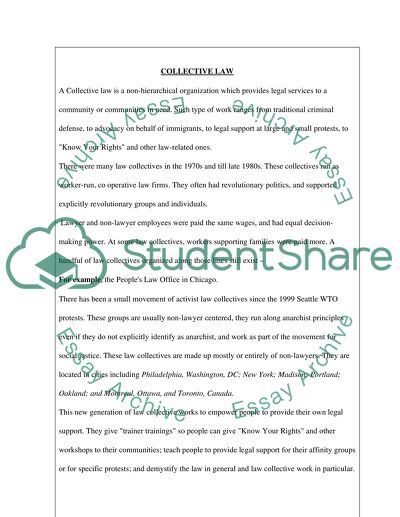Cite this document
(“Collective Law Essay Example | Topics and Well Written Essays - 2000 words”, n.d.)
Collective Law Essay Example | Topics and Well Written Essays - 2000 words. Retrieved from https://studentshare.org/law/1526812-collective-law
Collective Law Essay Example | Topics and Well Written Essays - 2000 words. Retrieved from https://studentshare.org/law/1526812-collective-law
(Collective Law Essay Example | Topics and Well Written Essays - 2000 Words)
Collective Law Essay Example | Topics and Well Written Essays - 2000 Words. https://studentshare.org/law/1526812-collective-law.
Collective Law Essay Example | Topics and Well Written Essays - 2000 Words. https://studentshare.org/law/1526812-collective-law.
“Collective Law Essay Example | Topics and Well Written Essays - 2000 Words”, n.d. https://studentshare.org/law/1526812-collective-law.


